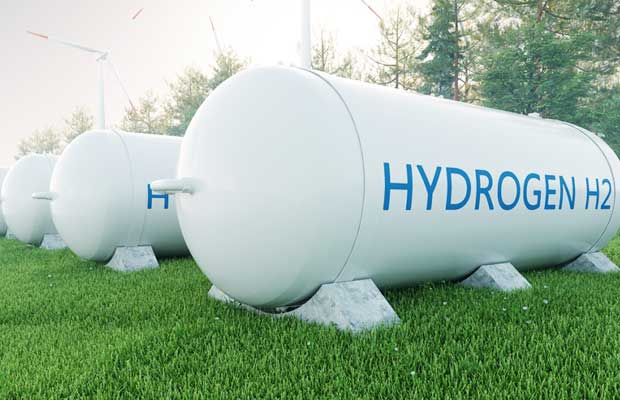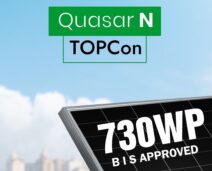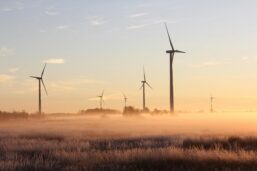Highlights :
- The two firms will build and operate a green hydrogen plant, located on the Iberian Peninsula, with an installed capacity of 1 GW and an estimated investment of 2.3 billion euros.
- “Innovative projects such as this will help accelerate the commercialisation of larger and more sophisticated electrolysers, making green hydrogen more competitive,” said Iberdrola Director of Deregulated Business.
 Hydrogen Project HyNCREASE in Germany Qualifies for European Grant
Hydrogen Project HyNCREASE in Germany Qualifies for European Grant Iberdrola and H2 Green Steel have signed an agreement to build and operate a green hydrogen plant with an installed capacity of 1 GW and an estimated investment of 2.3 billion euros, financed through a combination of public funds, green project financing instruments and own funds. The new plant will power with clean fuel a direct steel reduction furnace with a capacity to produce around 2 million tonnes per year of pure green steel, with an expected 95% reduction in CO2 emissions.
“Large-scale green hydrogen production will be essential for heavy industry’s transition to more sustainable ways of operating. By sharing the common goal of reducing emissions in hard-to-decarbonise industries, starting with steel in Europe, we are taking a truly global and innovative approach to green hydrogen production,” says Henrik Henriksson, CEO of H2 Green Steel.
Iberdrola will supply renewable energy to the plant, which will be located on the Iberian Peninsula, while the production of green molten steel and all downstream metallurgical processes will be operated and owned by H2 Green Steel. Both companies will also explore the possibility of locating a steelmaking facility capable of producing between 2.5 and 5 million tonnes of green steel plate per year on the same site.
Throwing light on the importance of the technological advancement of electrolysers, Aitor Moso, Iberdrola’s Director of Deregulated Business, said, “Innovative projects such as this will help accelerate the commercialisation of larger and more sophisticated electrolysers, making green hydrogen more competitive. With access to low-cost renewable energy supplies, and a highly skilled workforce, the Iberian Peninsula can play a key role in Europe taking a global lead in the development of this green technology.”
To produce green hydrogen, water electrolysers split water molecules into hydrogen and oxygen using renewable electricity. Multiple water electrolyser technologies exist today. While green H2 is currently recognised as a viable solution for reducing greenhouse gas emissions, the hydrogen supply chain is riddled with several barriers such as high production cost and infrastructural deficiencies, including inadequate availability of electrolysers which many companies are seeking to address .
Australian RE firm Fortescue Future Industries (FII) is building “the world’s biggest plant for green hydrogen electrolysers,” with an initial annual manufacturing capacity of up to 2 GW and an initial investment of $114 million. FII has plans to produce 15 million tonnes of green hydrogen by 2030, expandable to 50 million tonnes later. That means a massive requirement for renewable energy to power the electrolysers, at between 2-3 GW per electrolyser.
Closer to home, Reliance New Energy Solar (RNESL), a subsidiary of Reliance Industries, has recently announced a partnership with Danish company Stiesdal A/S to develop and manufacture hydrogen electrolysers. Reliance has a stated goal of making Green hydrogen at $1 per kg by 2030.
Additionally, Hyderabad-based cleantech firm Greenko Group is teaming up with John Cockerill, a manufacturer of alkaline electrolysers in Belgium, to jointly develop market initiatives for green hydrogen electrolyzers in India. The partnership aims to facilitate the production of the lowest-cost green hydrogen by enabling delivery of electrolysers at scale in the country, within the next year.
“Greenko is developing upwards of one metric tonne per annum (mtpa) of green ammonia export facilities in India by 2025, requiring about 2 GW of electrolyser capacity. While, John Cockerill is developing the world’s highest capacity electrolysers of over 6 MW capacity and manufacturing facilities across the globe,” said an official release.





























